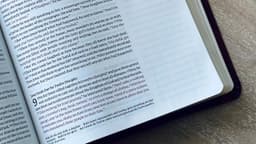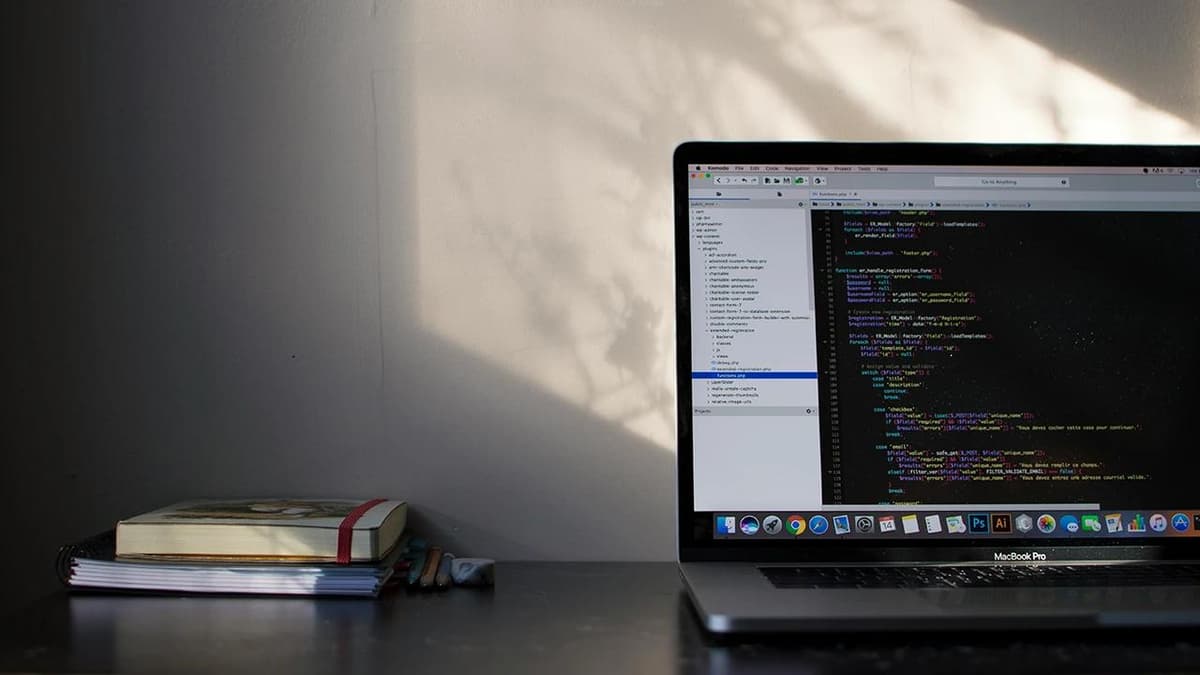Retrospective Meeting Template: Reflecting for Continuous Improvement
Retrospective meetings are vital for agile project management. They provide teams an opportunity to reflect on their recent work and find ways to improve in future iterations. Using a structured retrospective meeting template can improve collaboration, communication, and overall performance. This article outlines a comprehensive retrospective meeting template.
Setting the Stage
The retrospective meeting starts with the "Setting the Stage" phase. This phase creates a safe environment for team members to share their thoughts. It often includes ice-breaker activities and agenda review.
To begin the meeting, consider the "Speedboat" exercise. This activity helps participants identify the "anchors" holding the team back and the "engine" that drives them forward. It promotes open discussion regarding challenges and successes.
Gathering Data
The "Gathering Data" phase focuses on collecting insights from team members about the recent iteration. This phase helps build a complete understanding of performance and identify areas for improvement. Encouraging honest feedback is essential.
A common technique for this phase is the "Starfish" exercise. Participants identify what worked well (Keep), what did not work well (Less), what could improve (More), what surprises were encountered (Plus), and what should be left behind (Wish). This structured method collects valuable feedback from the team.
Generating Insights
During the "Generating Insights" phase, the team analyzes the data gathered earlier. This involves looking for patterns, trends, and themes that arise from the feedback. The insights form the basis for future improvement actions.
An effective technique for generating insights is the "5 Whys" method. By repeatedly asking "why" for each identified problem, teams can discover root causes and gain a clearer perspective on their challenges.
Deciding What to Do
In the "Deciding What to Do" phase, the team selects the most critical actions to implement based on insights. The focus here is on actionable items, prioritizing them according to impact and feasibility.
The "Dot Voting" technique is frequently used at this stage. Each team member receives a set number of votes to distribute among the proposed actions. This helps the team come to a consensus on the most valuable improvements to pursue.
Closing the Retrospective
The final phase is "Closing the Retrospective." This involves summarizing key decisions, documenting action items, and reflecting on the meeting itself. It's important to ensure that the team has a clear understanding of the agreed-upon actions and feels a sense of closure.
Use a retrospective tool or shared document to record meeting outcomes, including action items, responsible individuals, and target dates. This documentation fosters accountability and ensures that improvements are addressed in future iterations.
Following this retrospective meeting template can help teams cultivate a culture of continuous improvement and enhance overall performance. Regularly conducting retrospective meetings allows teams to adapt and grow throughout their projects.












